When most people think of Art Nouveau architecture, their minds drift to European cities like Paris or Barcelona. But America has its own collection of stunning examples from this movement that flourished between 1890 and 1910.
These buildings showcase the flowing lines, nature-inspired motifs, and organic forms that made Art Nouveau so distinctive.
While many of these architectural treasures fly under the radar, they’re scattered across the country in both major cities and unexpected small towns. Here is a list of 15 Art Nouveau gems hidden throughout U.S. cities.
Carson Pirie Scott Building, Chicago

Louis Sullivan’s masterpiece stands as one of Chicago’s most important Art Nouveau structures. The building’s ornate cast-iron facade features intricate botanical patterns that seem to grow organically across the surface.
Sullivan believed that ‘form follows function,’ and this philosophy shines through in every decorative detail that serves both beauty and purpose.
New York Life Insurance Building, Kansas City
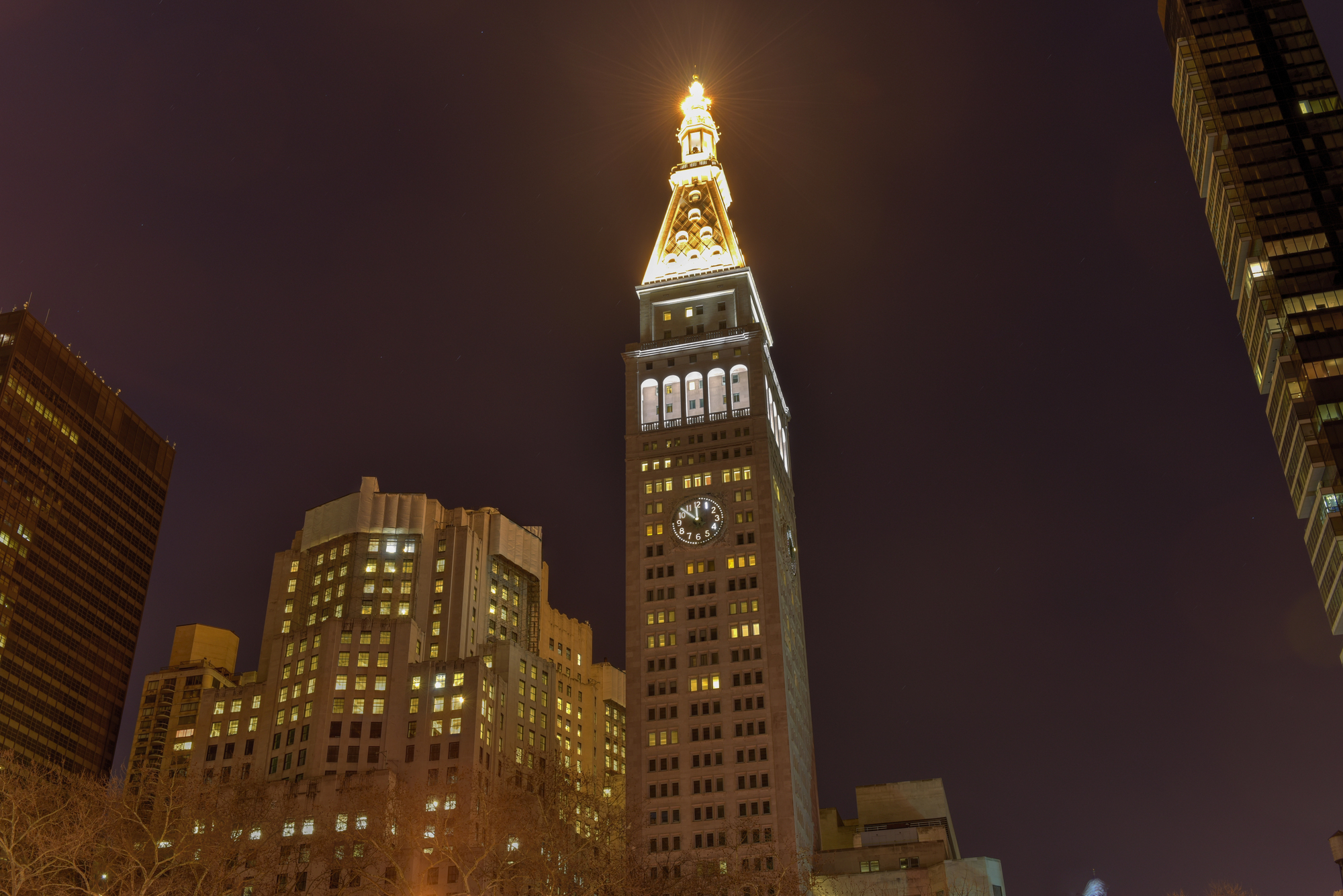
This 1890 structure combines Romanesque Revival with clear Art Nouveau influences. The building’s arched windows and flowing stonework create a sense of movement that feels almost alive.
Kansas City residents often walk past without realizing they’re looking at one of the Midwest’s finest examples of the style.
Guaranty Building, Buffalo
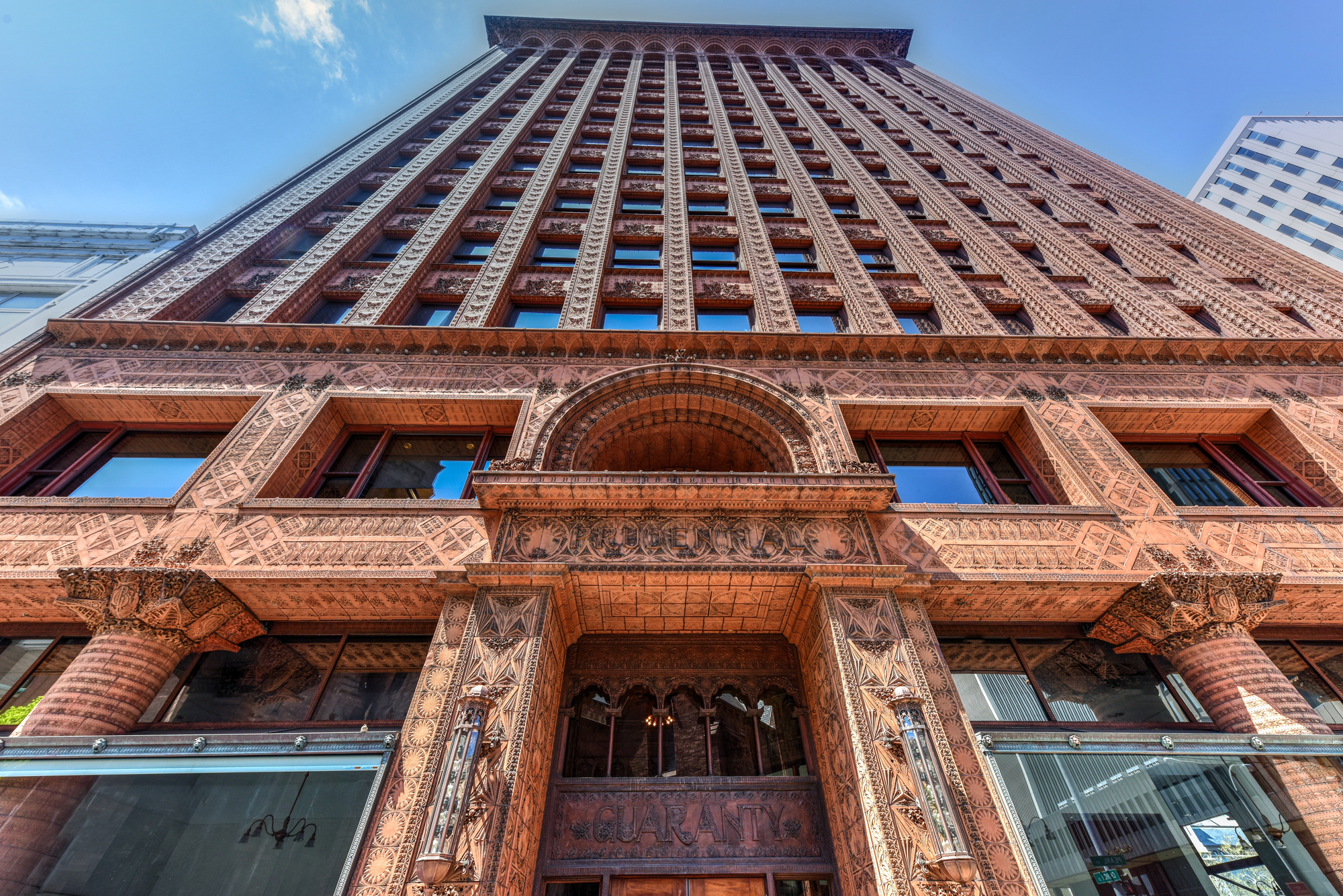
Another Sullivan creation, this Buffalo landmark demonstrates how Art Nouveau could work within commercial architecture. The terracotta ornament covers the entire facade in a pattern inspired by Celtic interlacing and natural forms.
The building’s vertical emphasis and decorative scheme influenced countless architects who came after Sullivan.
Like Travel Pug’s content? Follow us on MSN.
Hallidie Building, San Francisco
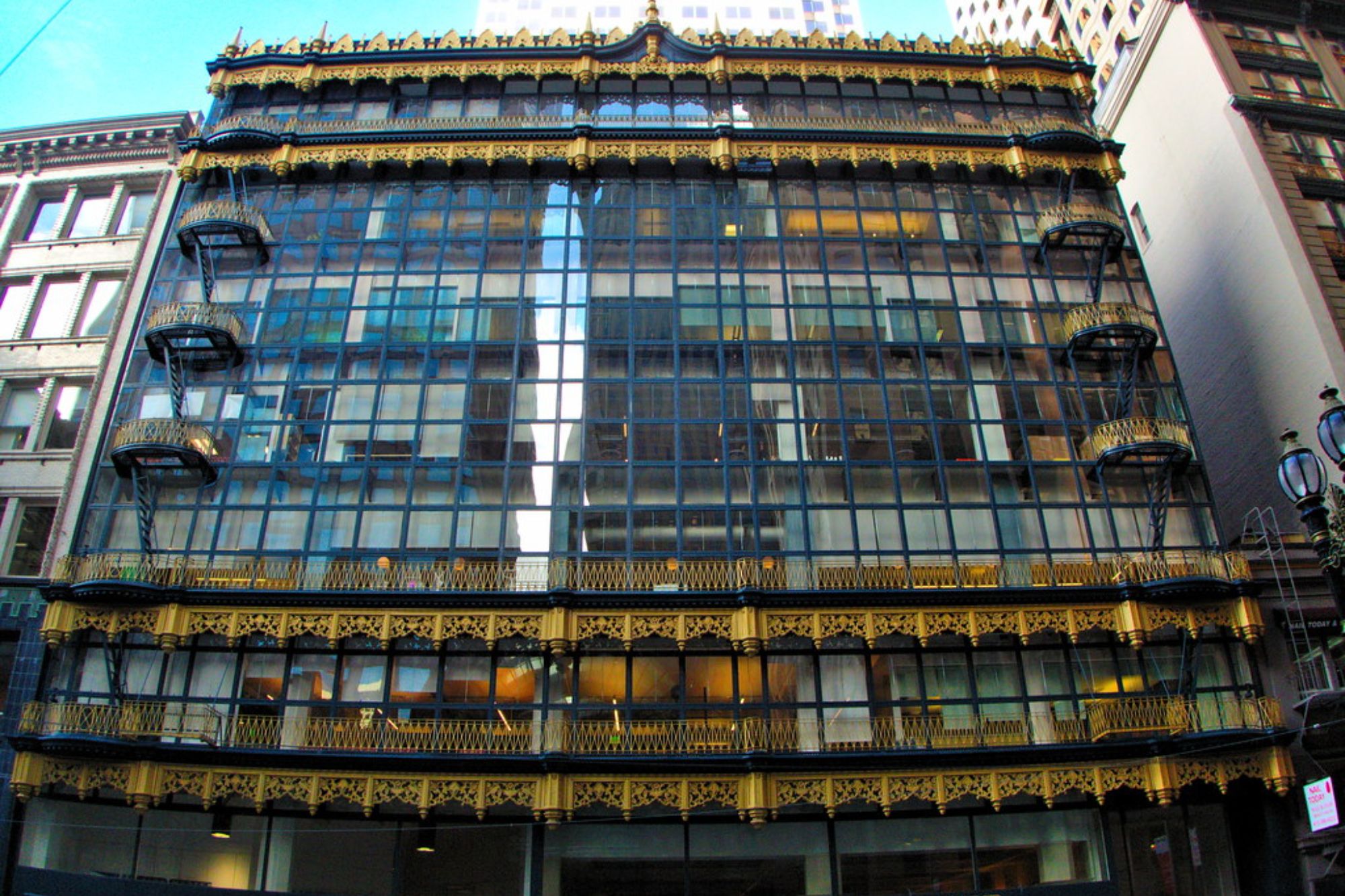
Built in 1918, this structure represents Art Nouveau’s later evolution in American architecture. The building features the world’s first glass curtain wall, decorated with elaborate fire escapes that look more like iron sculptures.
San Francisco’s commitment to rebuilding after the 1906 earthquake created opportunities for architectural experimentation.
Union Trust Building, Pittsburgh
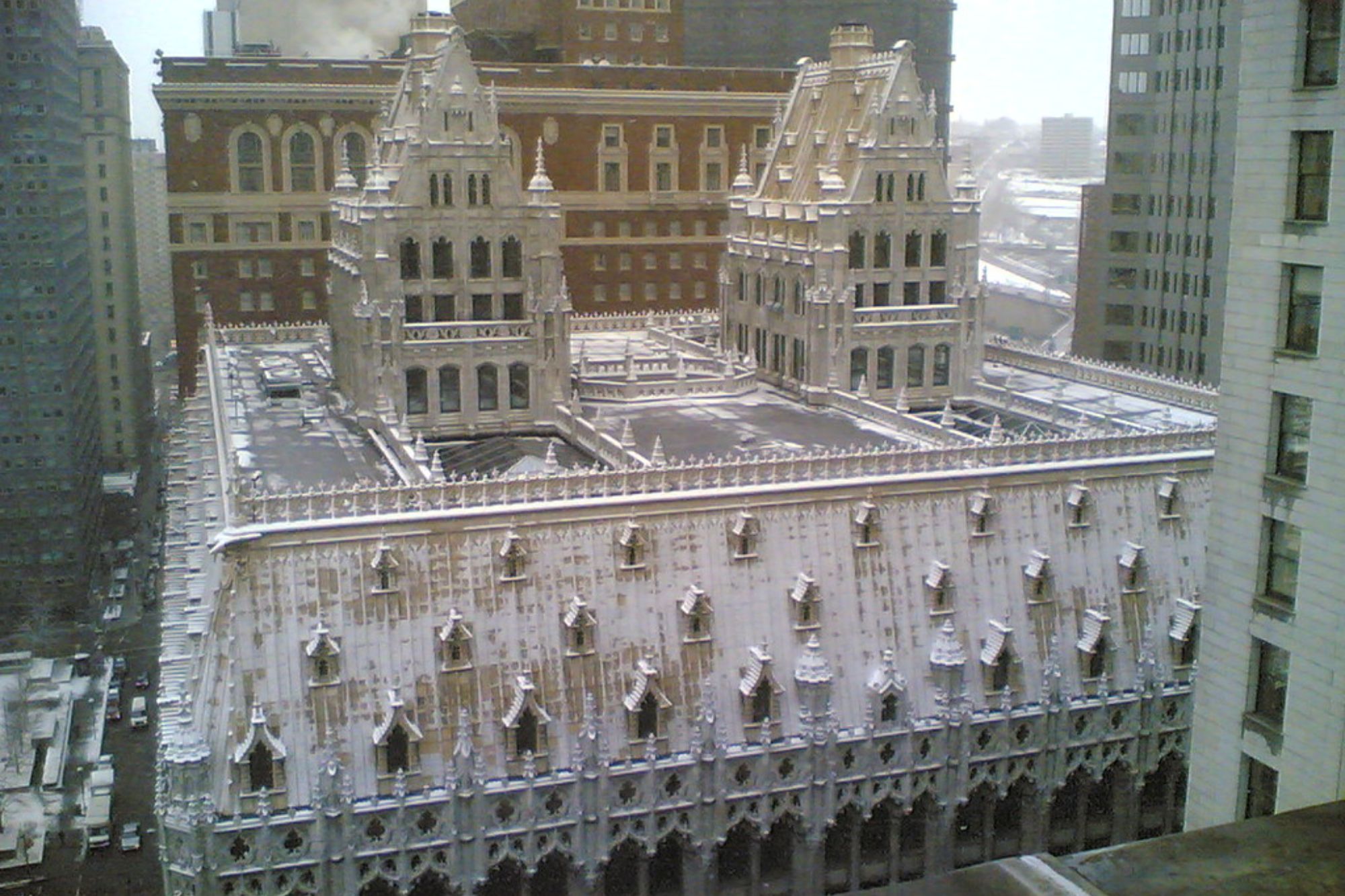
This 1916 Gothic Revival tower incorporates significant Art Nouveau elements in its decorative program. The building’s entrance features bronze doors with flowing, organic patterns that contrast beautifully with the more traditional stonework above.
Pittsburgh’s industrial wealth during this period allowed for such lavish architectural adventures.
Woolworth Building, New York City
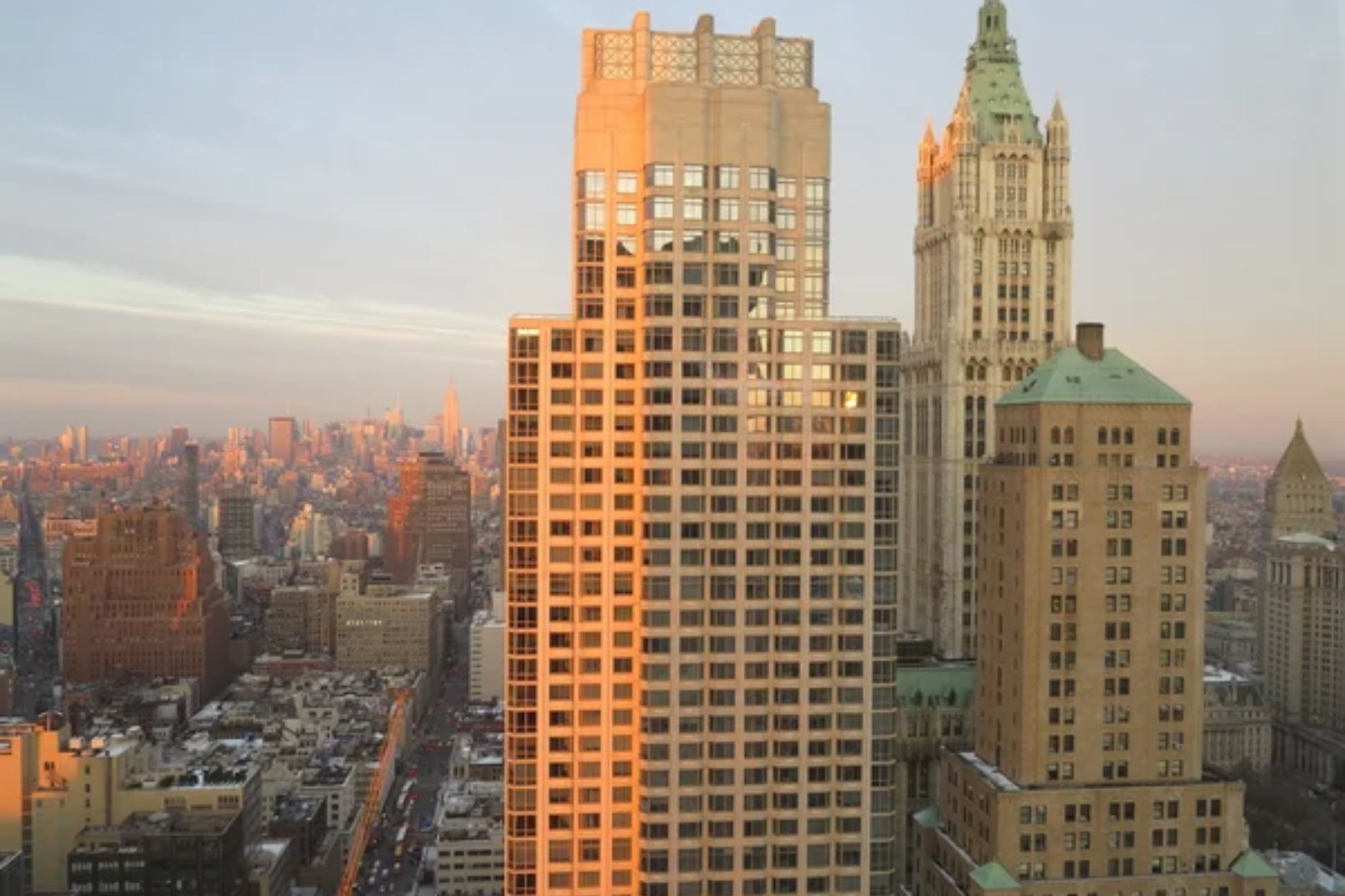
Cass Gilbert’s ‘Cathedral of Commerce’ blends Gothic Revival with Art Nouveau decorative elements throughout its 57 stories. The lobby’s vaulted ceilings feature intricate mosaics with natural motifs that seem to dance in the changing light.
This building proved that skyscrapers could be both functional and breathtakingly beautiful.
Like Travel Pug’s content? Follow us on MSN.
Flatiron Building, New York City
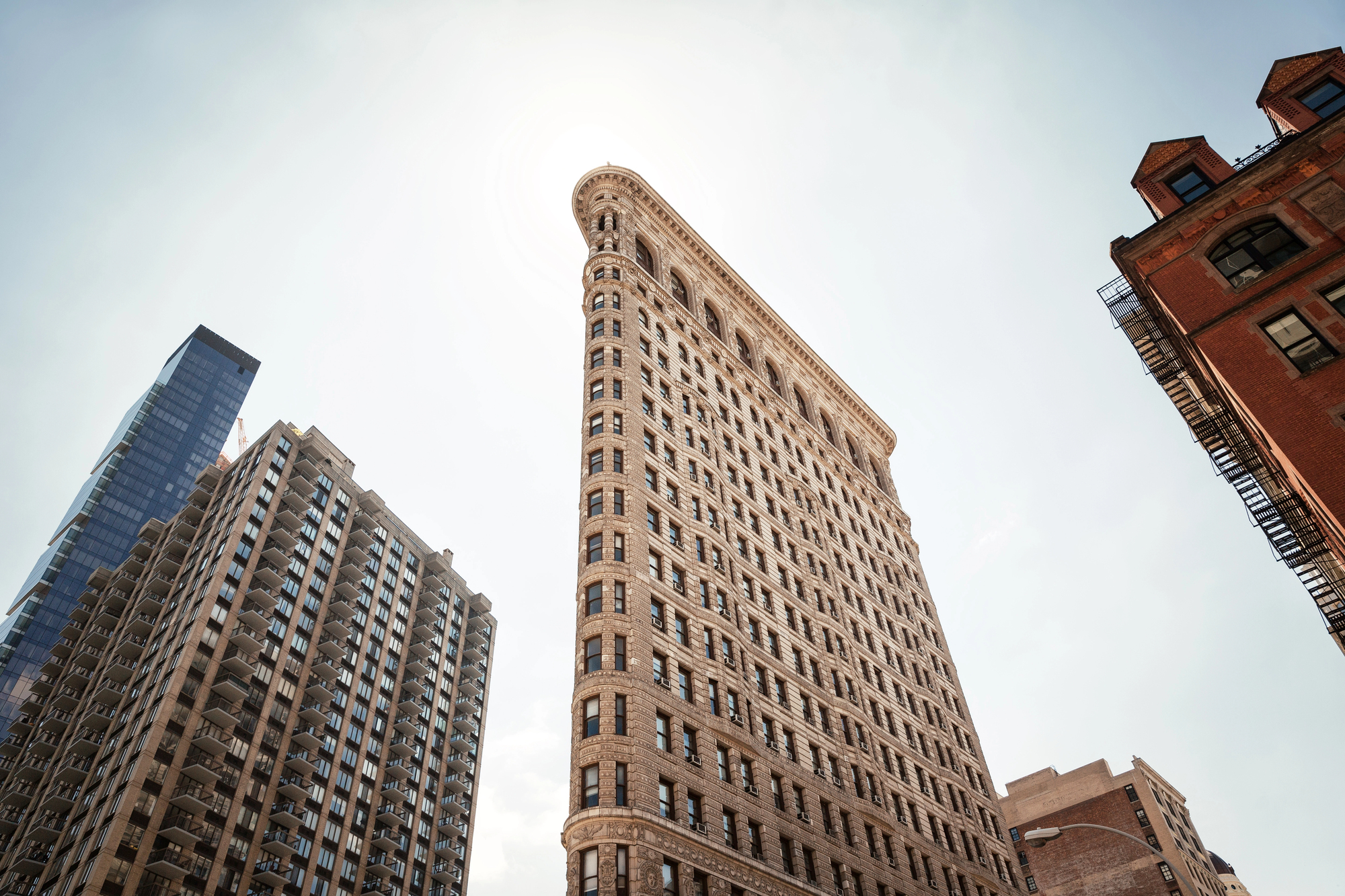
Daniel Burnham’s triangular masterpiece incorporates subtle Art Nouveau touches in its terra cotta ornamentation. The building’s curved corners and flowing decorative elements soften what could have been a harsh geometric form.
New Yorkers have embraced this structure as a symbol of their city’s architectural innovation.
Palace of Fine Arts, San Francisco
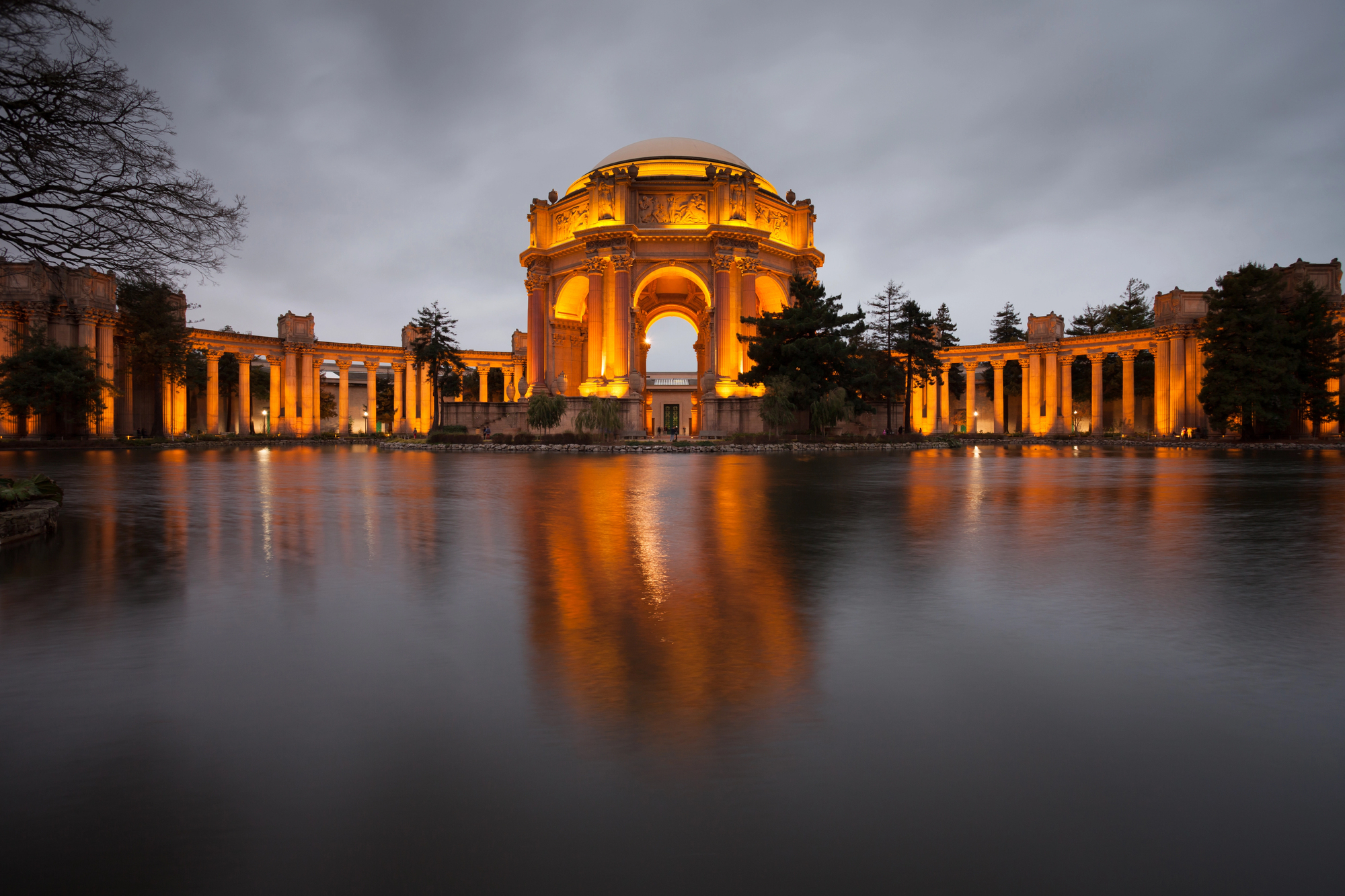
Bernard Maybeck designed this structure for the 1915 Panama-Pacific Exposition with clear Art Nouveau influences. The building’s rotunda and colonnade feature decorative elements inspired by Roman and Greek architecture but executed with the flowing lines characteristic of the movement.
The lagoon setting adds to the romantic, almost dreamlike quality that Art Nouveau architects sought to achieve.
Bradbury Building, Los Angeles

This 1893 office building’s interior courtyard represents one of America’s most stunning Art Nouveau spaces. The open-cage elevators, ornate ironwork, and glass ceiling create an almost cathedral-like atmosphere in the heart of downtown LA.
The building has appeared in countless films because its unique aesthetic perfectly captures the imagination.
Like Travel Pug’s content? Follow us on MSN.
Hotel Pattee, Perry, Iowa

This small-town gem proves that Art Nouveau wasn’t limited to major metropolitan areas. Built in 1913, the hotel features stained glass windows and decorative plasterwork that rival anything found in larger cities.
Perry’s agricultural wealth during the early 1900s allowed local business leaders to commission surprisingly sophisticated architecture.
Rookery Building, Chicago
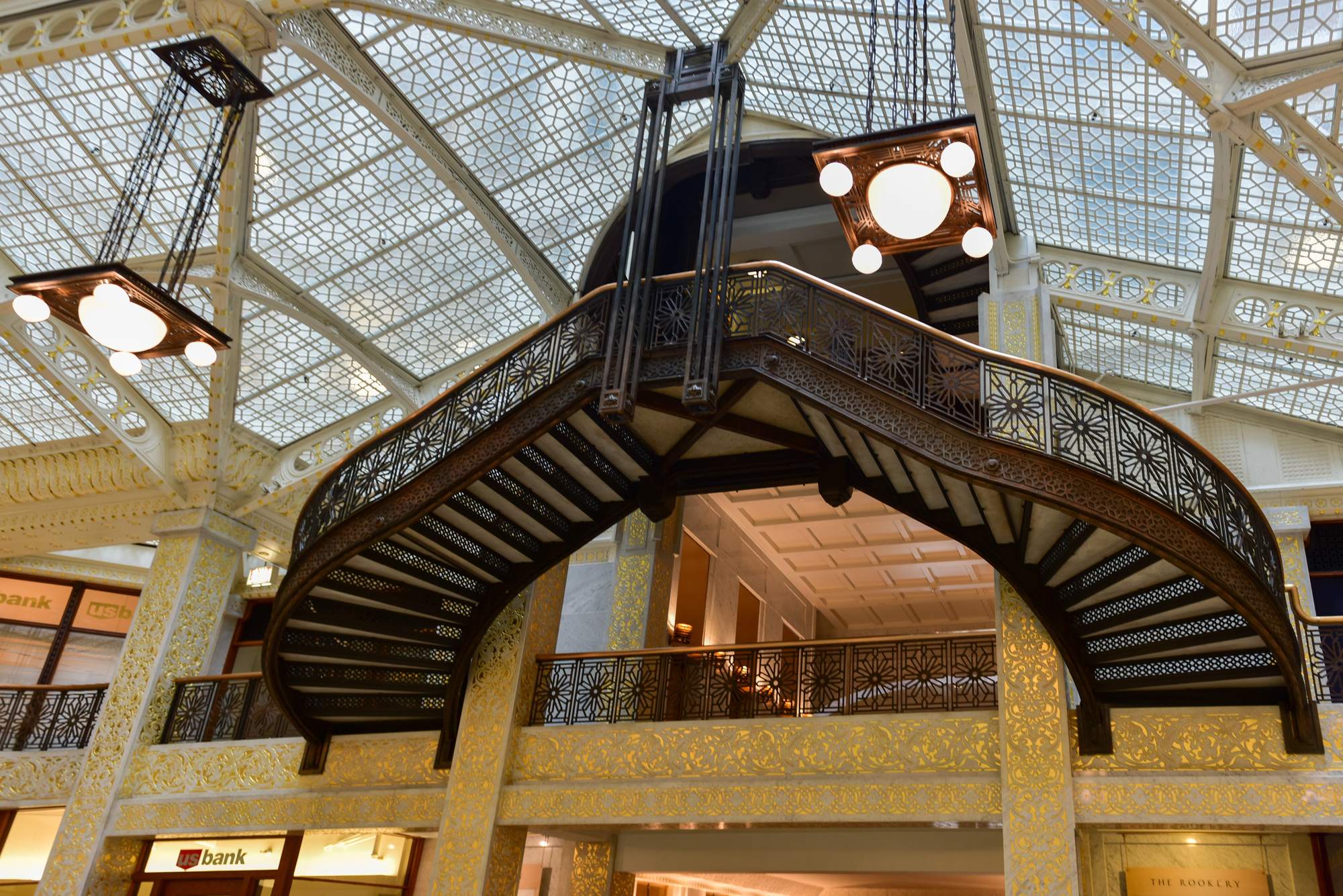
Frank Lloyd Wright renovated the lobby of this 1888 building in 1907, adding Art Nouveau elements to Daniel Burnham’s original design. The result is a stunning light court with geometric patterns in gold leaf and marble that feel both modern and timeless.
Wright’s contribution demonstrates how Art Nouveau could be successfully integrated into existing structures.
Orpheum Theatre, Los Angeles
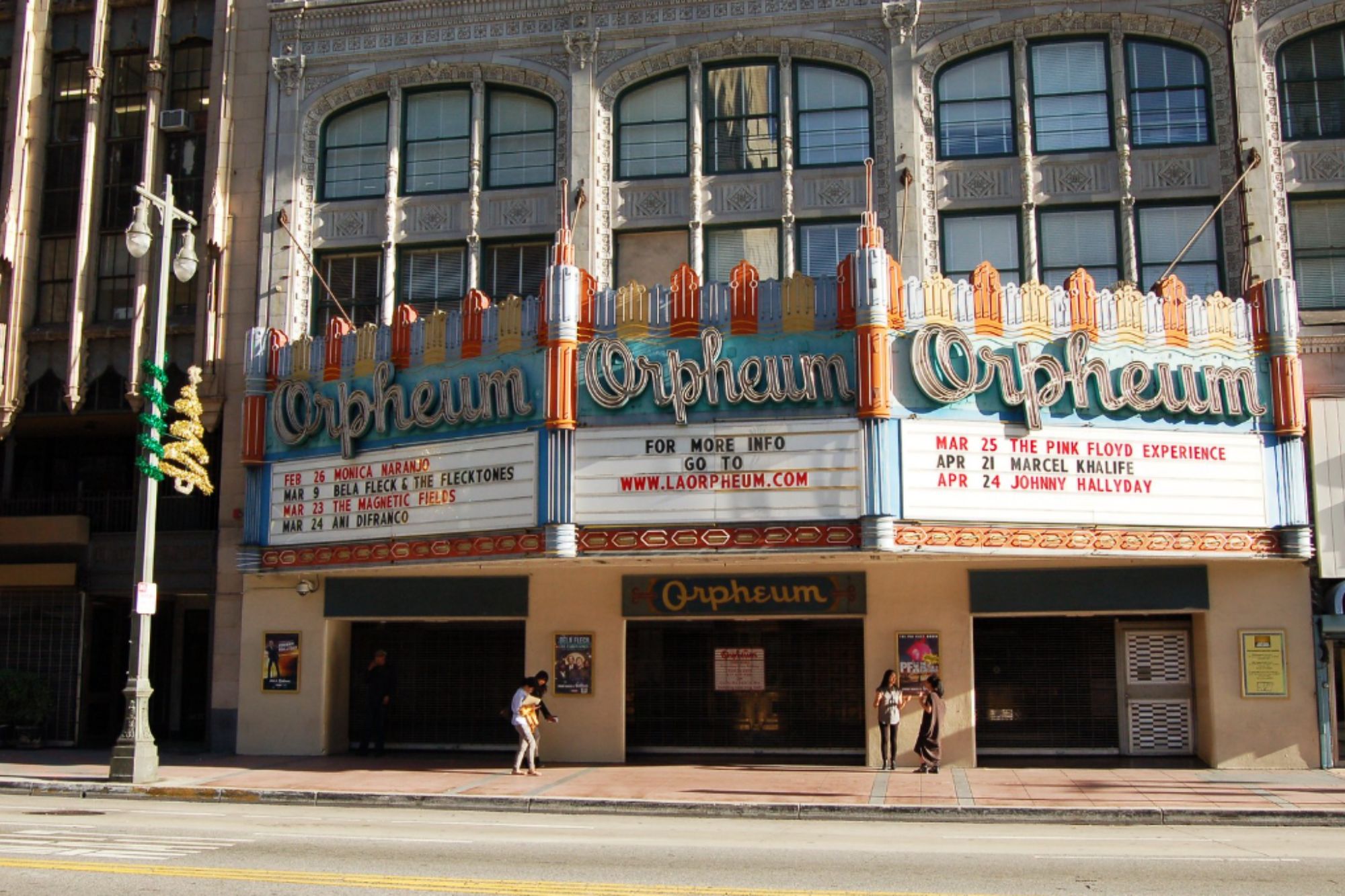
This 1926 vaudeville palace incorporates Art Nouveau elements into its French Baroque design. The theater’s interior features flowing plasterwork and decorative motifs that create an almost underwater feeling.
Los Angeles’ entertainment industry provided the perfect context for such theatrical architecture.
Like Travel Pug’s content? Follow us on MSN.
Merchants National Bank, Grinnell, Iowa
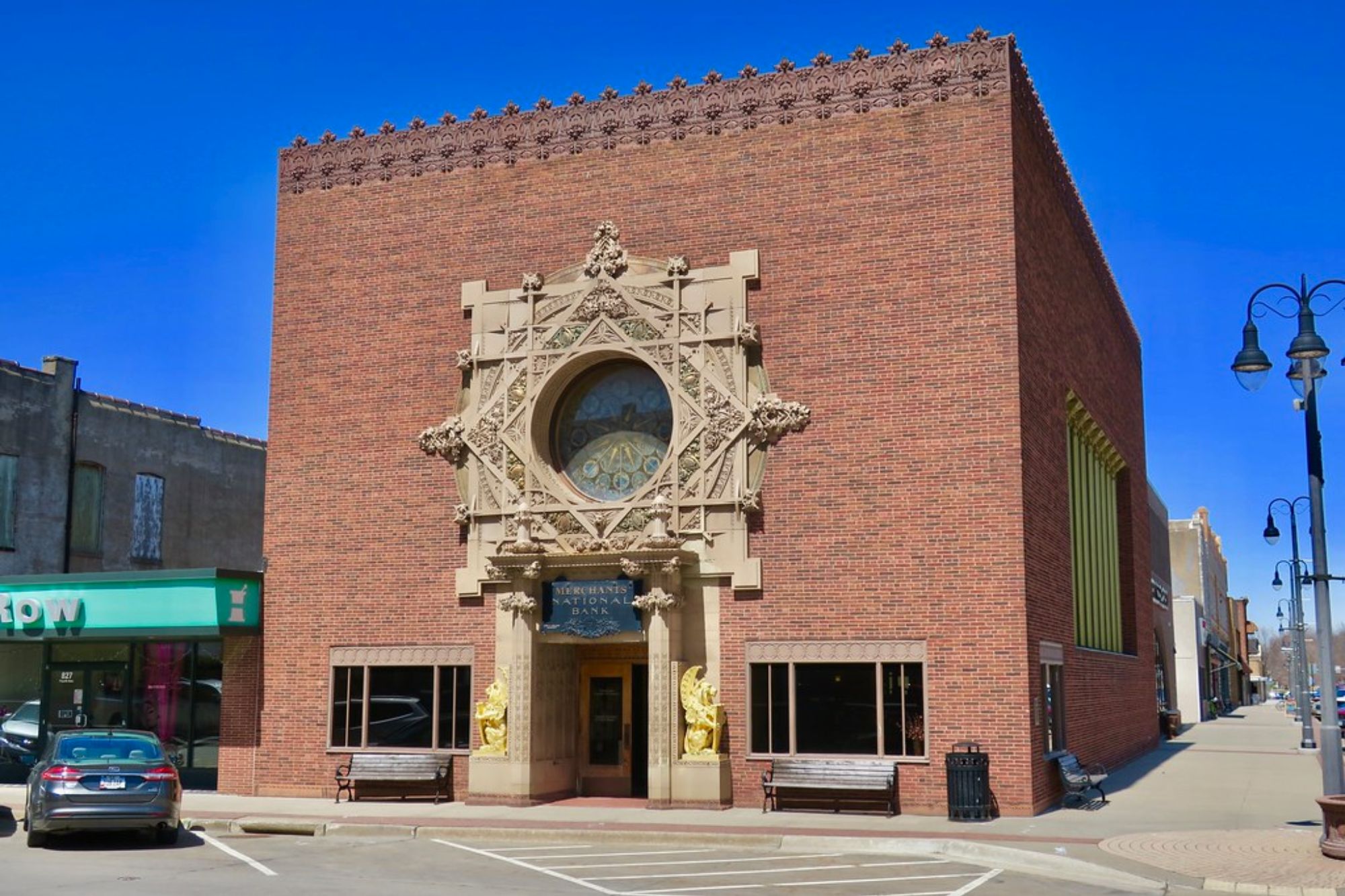
Louis Sullivan designed this small-town bank with the same attention to detail he brought to his Chicago skyscrapers. The building’s entrance arch features an intricate terra cotta ornament that tells the story of the building’s function through abstract natural forms.
Grinnell’s progressive community appreciated Sullivan’s innovative approach to small-scale commercial architecture.
Pennsylvania Station, New York City
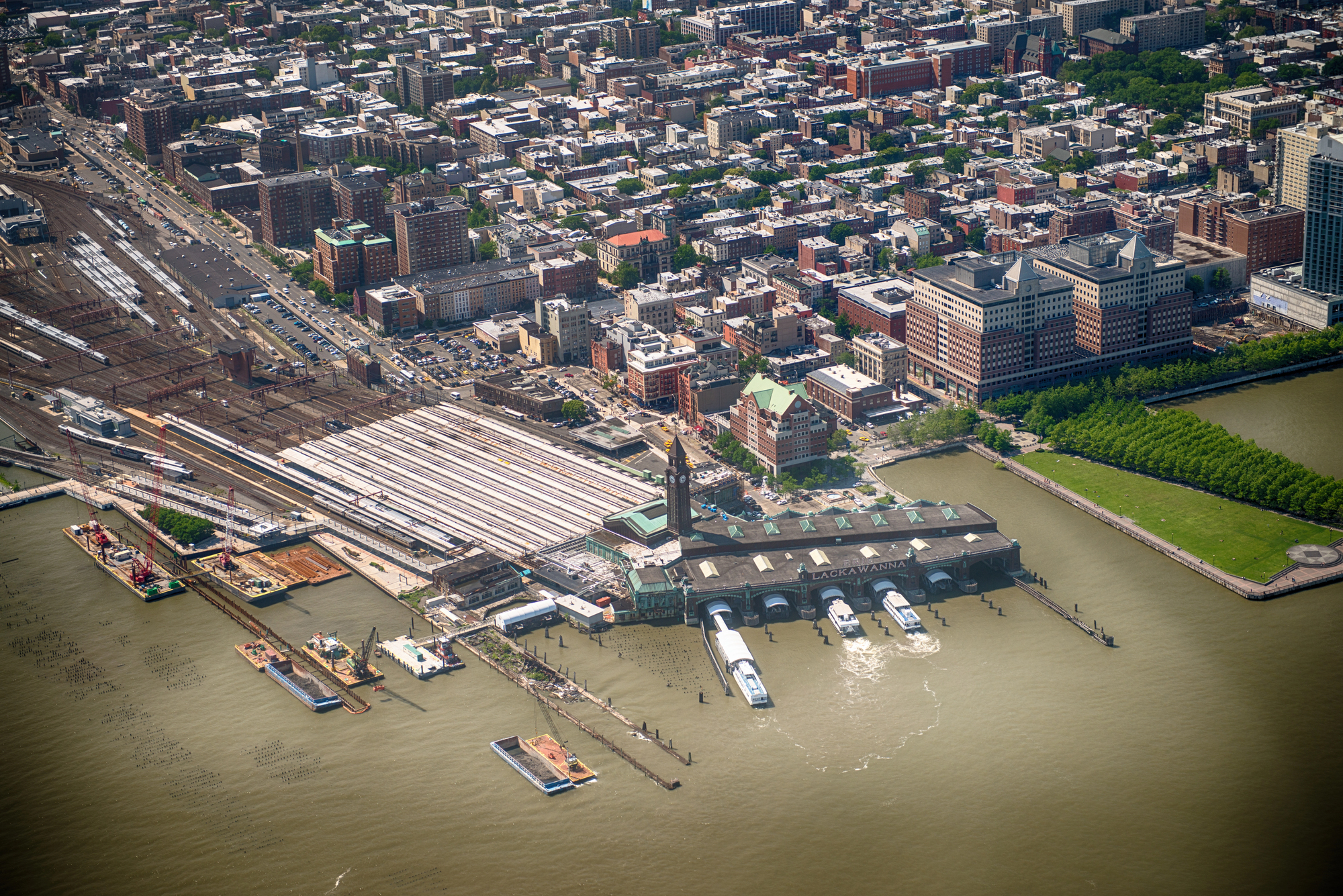
McKim, Mead & White’s original Penn Station incorporated Art Nouveau decorative elements into its monumental classical design. The building’s iron and glass train shed featured flowing structural elements that seemed to grow like forest trees.
Though demolished in 1963, the station’s influence on American architecture endures through countless photographs and memories.
Unity Temple, Oak Park, Illinois
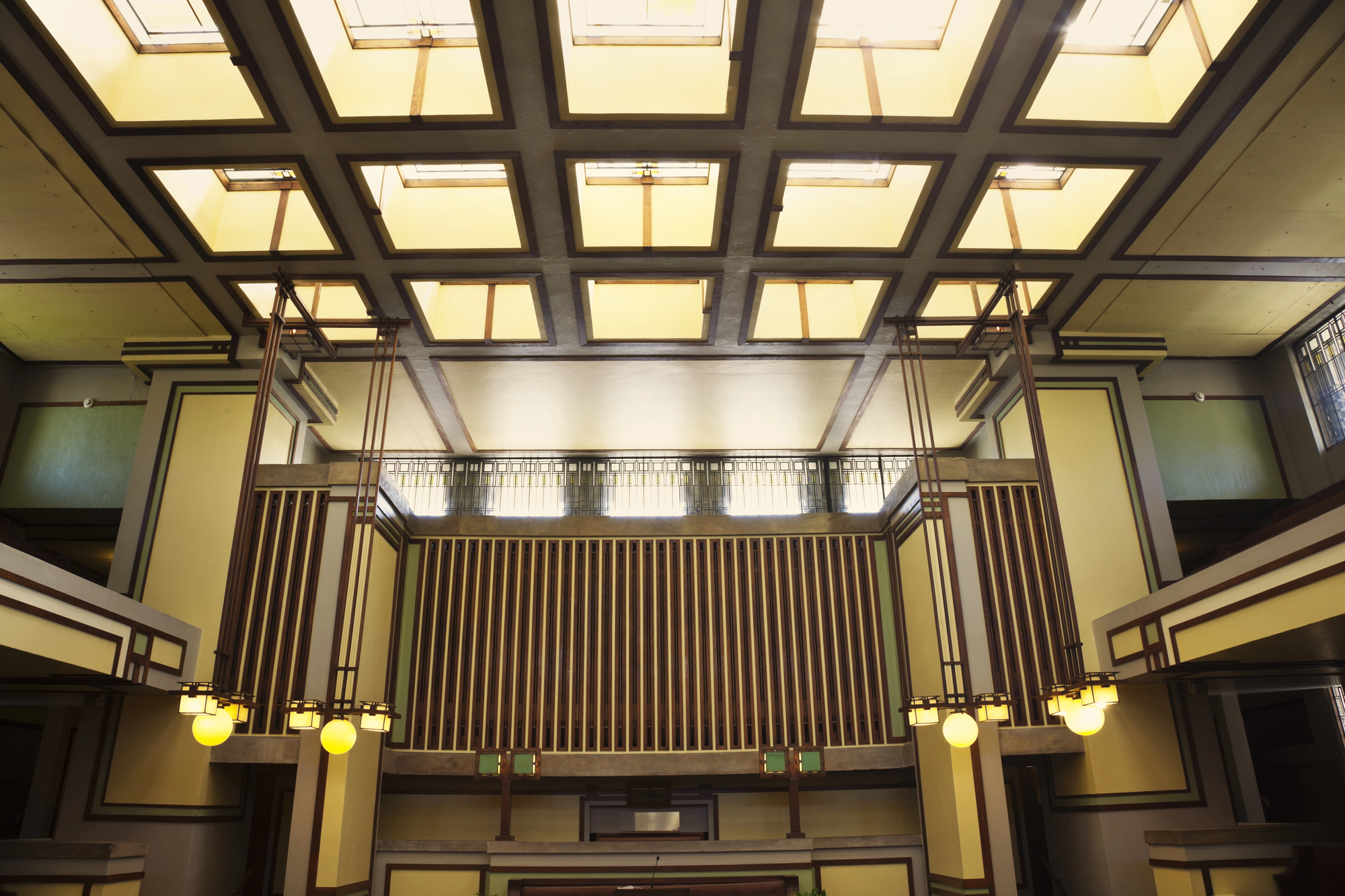
Frank Lloyd Wright’s 1908 Unitarian church represents the Prairie School’s interpretation of Art Nouveau principles. The building’s geometric forms and integrated decorative elements create a sense of organic unity that flows from interior to exterior.
Wright believed that architecture should grow naturally from its site, and Unity Temple demonstrates this philosophy perfectly.
Like Travel Pug’s content? Follow us on MSN.
Where Art Meets Everyday Life
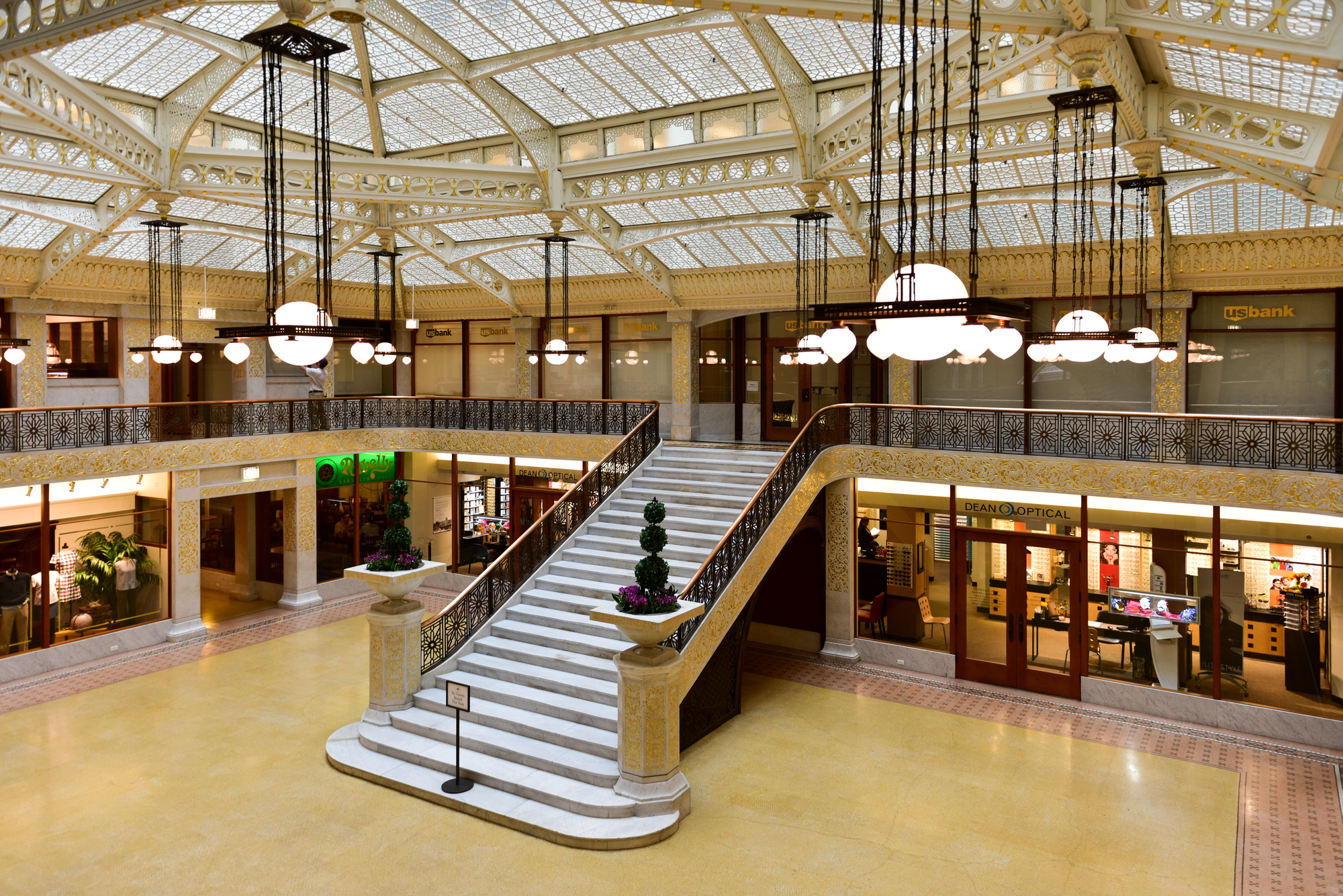
These buildings remind us that the Art Nouveau movement left a lasting mark on American cities, even if we don’t always recognize its influence. From Chicago’s commercial districts to small Iowa towns, architects embraced the style’s emphasis on natural forms and artistic integration.
The movement’s belief that beautiful design should be part of everyday life continues to inspire architects and urban planners today. These hidden gems prove that America’s architectural heritage includes some truly spectacular surprises for those willing to look up from the sidewalk.
More from Travel Pug

- 20 Best Beach Towns in the Carolinas
- 13 Destinations Where Tourists Regularly Regret Their Trip
- 20 Destinations That Are More Magical Without an Itinerary
- 20 Underrated Adventures That Belong on Your Travel List
- 20 Cities Where You Should Just Wing It, No Planning Required
Like Travel Pug’s content? Follow us on MSN.
